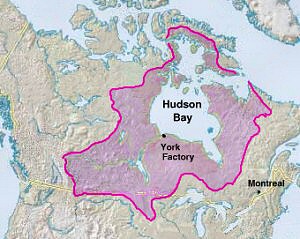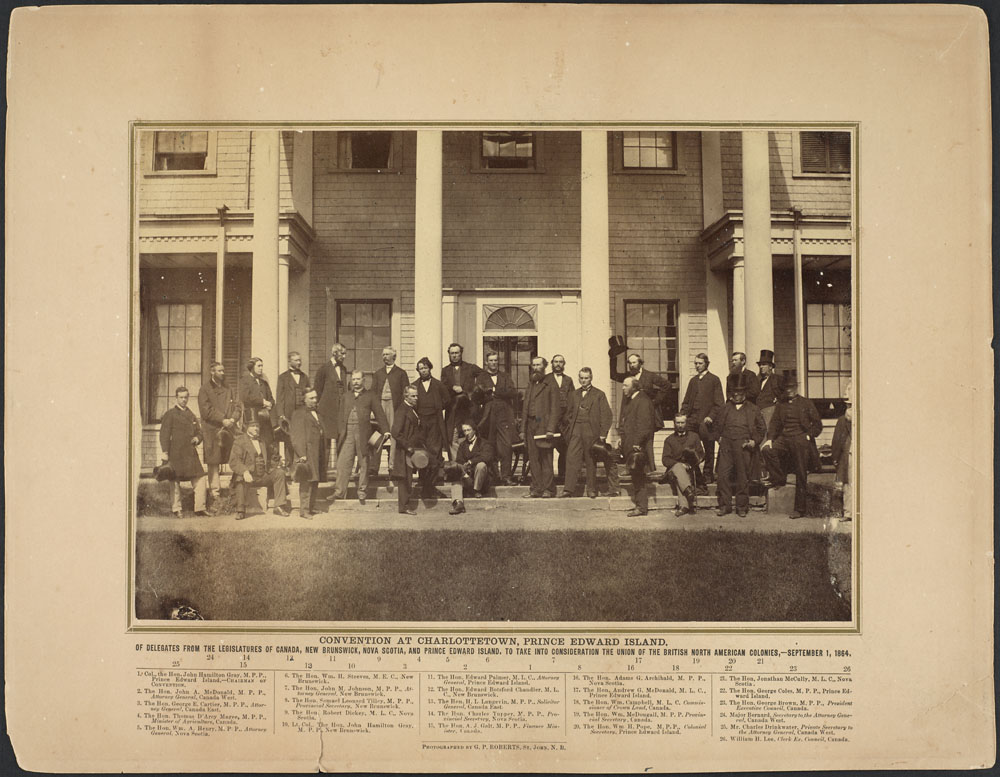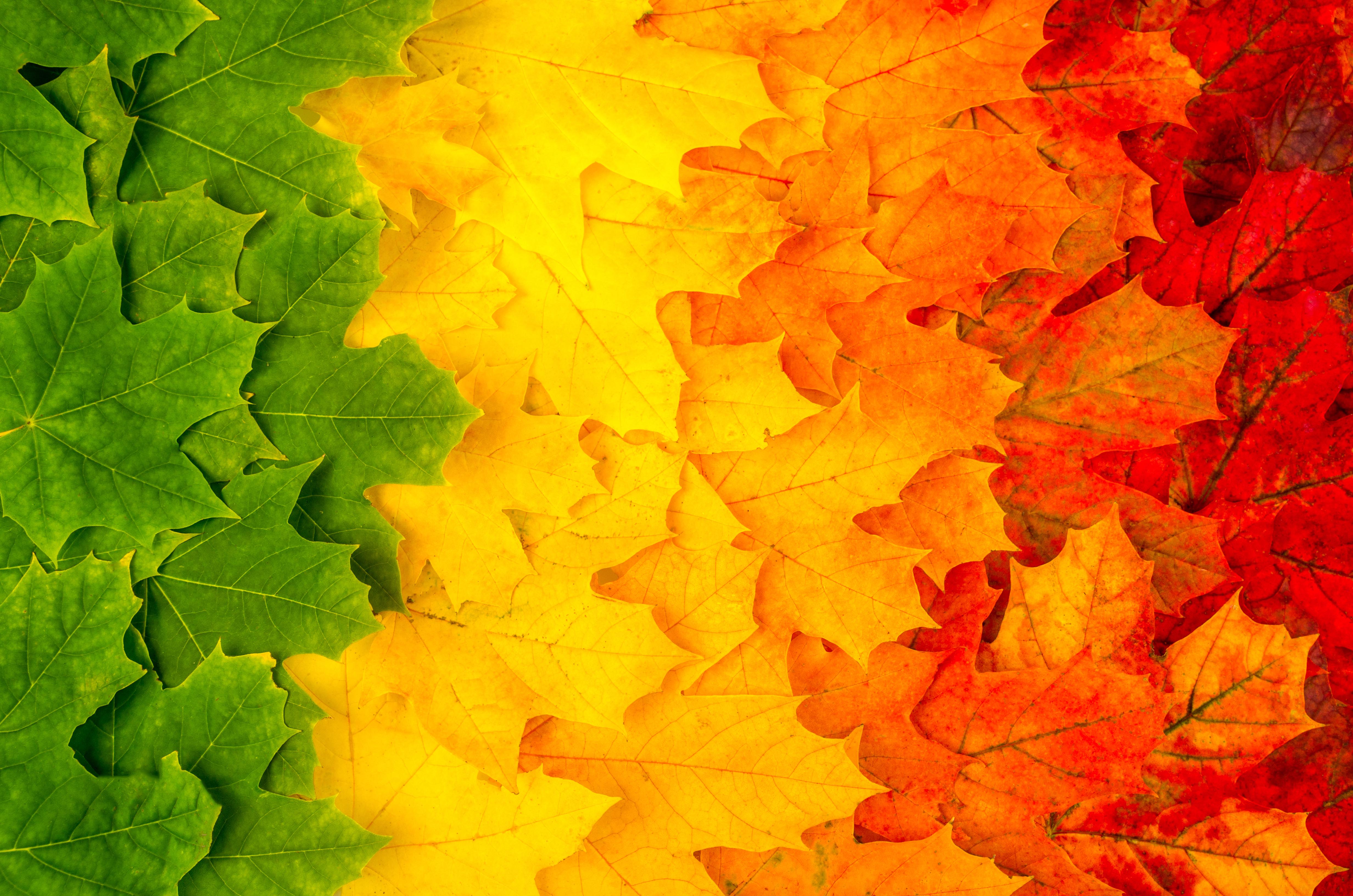Rupert's Land was a vast area of northern wilderness; it covered about a third of what is now Canada. From 1670 to 1870, it was controlled by the Hudson’s Bay Company (HBC), which ran the fur trade there. The area was named after Prince Rupert, the first governor of the HBC. In 1870, just after Canada became a country, the government bought Rupert’s Land from the HBC. The purchase changed Canada, making it a large nation stretching across North America. Rupert's Land was eventually divided among the provinces of Quebec, Ontario, Manitoba, Saskatchewan and Alberta, and the Northwest Territories.
(This article is a plain-language summary of Rupert’s Land. If you are interested in reading about this topic in more depth, please see our full-length entry, Rupert’s Land.)

The Fur Trade and the HBC
In the late 1600s, the fur trade was becoming more important in North America. However, it was hard for traders to reach the rich fur areas north of Lake Superior. They had to make tough journeys overland from the Great Lakes or the St. Lawrence River. Two French explorers wanted to set up a trading post on the shores of Hudson Bay. Hudson Bay was remote but offered an easier water route into the best fur areas.
The explorers couldn’t convince the French government, so they took their plan to England. A group of English businessmen and nobles convinced King Charles II to support the idea. In 1670, he signed a royal charter that created the Hudson’s Bay Company (HBC). The king’s cousin, Prince Rupert, became the company’s first governor.

Size of Rupert’s Land
The charter gave the HBC exclusive rights to trade and settle all the land that had rivers flowing into Hudson Bay. It was a huge territory: 3.9 million square kilometres (five times the size of France). It included what is now northern Quebec and Labrador, northern and western Ontario, all of Manitoba, most of Saskatchewan, south and central Alberta, parts of the Northwest Territories and Nunavut, and some areas of the northern U.S.
Trading Posts and Exploration
The charter gave the HBC full control over the land. The company set up forts and trading routes across the territory. Over 200 years, the HBC built trading posts along most major rivers. By 1870, the company had 97 posts in Rupert’s Land. The company’s traders also explored and mapped the area.
Indigenous Peoples and Métis
Indigenous groups like the Cree and Assiniboine supplied the HBC with furs or acted as middlemen, trading with other Indigenous peoples. Some were employed directly by the HBC. Rupert’s Land also became home to the Métis, a new group of people with mixed European and Indigenous heritage. The Métis played an important role in the fur trade and helped settle the Red River Colony (now Winnipeg).

Canada Buys Rupert’s Land
In 1867, Canada became a country through the Confederation of Ontario, Quebec, New Brunswick, and Nova Scotia. The new government under Prime Minister Sir John A. Macdonald wanted to bring Rupert’s Land into Canada. This was partly to expand the country’s borders to the north and west. The government was also afraid that the United States might try to take Rupert’s Land for itself; the US had just bought Alaska from Russia.
At the same time, the HBC realized it could no longer manage the land, which was being settled by Europeans. The British government pressured the HBC to make a deal with Canada. It didn’t want Rupert’s Land sold to the US. After six months of talks, the HBC agreed to transfer Rupert’s Land to Canada for just £300,000 ($1.5 million). This was much less than its value. HBC kept the rights to some trading posts and five percent of the land.
On 19 November 1869, the HBC signed the transfer agreement and handed over Rupert’s Land to the British Crown. The Crown then gave it to Canada. The transfer didn’t officially happen until 15 July 1870, because of the Red River Resistance. The purchase of Rupert’s Land changed Canada from a small country in the northeast of North America into a large nation that stretched across the continent.

 Share on Facebook
Share on Facebook Share on X
Share on X Share by Email
Share by Email Share on Google Classroom
Share on Google Classroom










